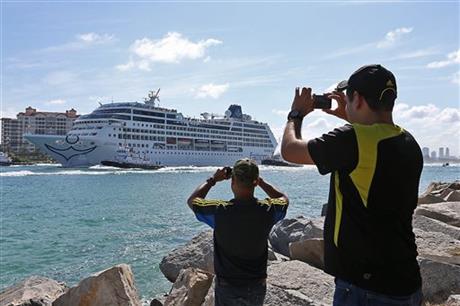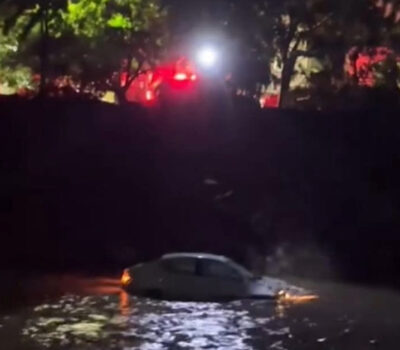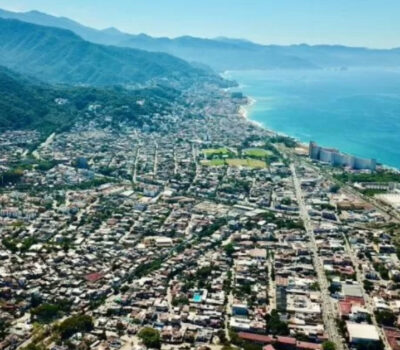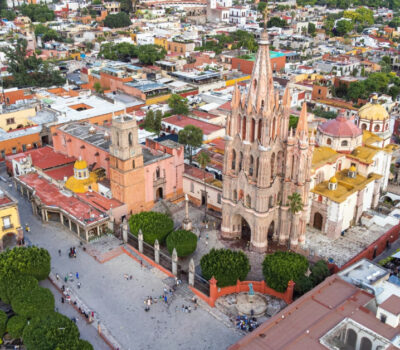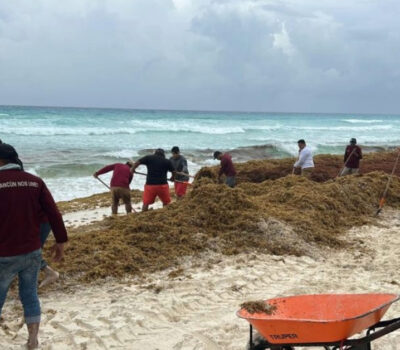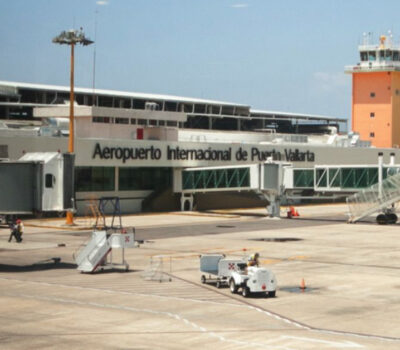The first U.S. cruise ship in nearly 40 years crossed the Florida Straits from Miami and docked in Havana on Monday, restarting commercial travel on waters that served as a stage for a half-century of Cold War hostility.
Carnival Cruise Line's Adonia . . .

